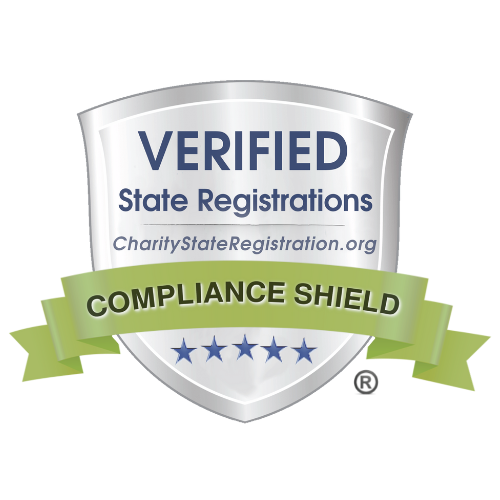IAVA | March 22, 2019
Read: The Privatized Military Housing Crisis: Challenges in Command Oversight

Recently, a problem that we’ve known about for a decade finally came to the surface: issues with privatized housing on military posts. Mold, insects, and mice were among the common problems that caused discomfort for military families, and in some cases, made these homes inhabitable. Family members have been suffering symptoms from black mold, among other exposures, and the private housing companies have been denying responsibilities and ignoring work order requests. Servicemembers have had to call multiple times to get a satisfactory response, and even after the need for maintenance was established, private housing authorities did not conduct satisfactory repairs in a timely manner. I should know–I’m an Army reservist living in post housing.
A Brief History
The privatization of military housing began in 1996 to improve the housing service and quality of life for servicemembers and their family. It was to speed up the process of military housing and replaced the long process of traditional military construction, in which the Department of Defense was solely responsible for military housing. Now, most of the houses on bases are privatized, providing housing to many military families, but the quality of services have not kept up with the changes.
During a recent Senate Armed Services Committee hearing, top leadership from all service branches testified about the ongoing investigations and promised accountability over housing authorities to provide safe military dwellings and infrastructure. Reports from all branches indicated places with dissatisfactory services and problematic living conditions; like the black mold and other aforementioned problems. All branches agreed that no servicemember should ever have to contend with a chronic maintenance issue, and showed their commitment to build and maintain streamlined communication between residents and housing authorities.
Why It Matters
It is a basic right for residents to have safe and secure housing, and they expect a timely response when they have to send in a work order. Military families often do not have housing leverage like their civilian counterparts due to their duty assignment. Often there are not enough housing options, so military families have to accept what they are given. Also, the rent is allocated directly from servicemembers’ paychecks, taking away what is often a leverage tool their civilian counterparts can employ: not paying rent until the issue is resolved. Without such tools, military families depend on their chain of command to enforce proper regulations on base housing and mitigate housing problems to take care of their family. Some military families have made the decision to live off-base, even when that means higher cost and a longer commute. If corrective actions to fix the housing problem are not immediately implemented, the impacts on the health and welfare of our servicemembers and our military readiness may become chronic.
To address these issues, leaders across the branches agreed on the importance of rigorous oversight and proposed routine command visits, quarterly project reviews, and a Tenants Bill of Rights to improve tenant-landlord communications and expectation management. Having a reporting system independent from the housing authority would allow garrison commanders to have a better picture of how military families feel about their housing authority. While all of these policies are expected to address the issues and solve the systemic problems within the private housing authorities, it is also now clear that local leadership plays a critical role; weak local leadership led to widespread complaints, instead of the housing authority going the extra mile to take care of servicemembers under good local management.
Housing Impacts Continue
Again, as a current Army reservist living on base, the battle for safe housing hits close to home – literally. I’ve lived in privatized military housing for more than a year, and I have been facing many issues that never received a proper response from the housing authority. There are huge cracks in the walls that have been increasing its size. When I reported the problem, the housing authority responded that it was an issue with the foundation of the building and they cannot do anything but to simply paint over the cracks to hide them.
The housing authority doesn’t seem to reflect the residents’ need either. When I asked for bike racks after they told me I would have to carry my bike up the staircases to my home, they ignored my request and instead built a basketball court that residents rarely use. Last week, the command team visited my home to see if there were any problems. While there wasn’t a significant change, their visit made me feel more comfortable talking about housing issues, which I thought was something I had to take care of by myself.
No servicemembers should feel stressed out about their family’s living condition. At IAVA, we believe it is our duty to ensure the best care is provided to the servicemembers and their family; that includes ensuring military families have a clean, safe place to lay their heads at night. We continue to fight for our servicemembers and support any veterans or family member that is in need of support.
Find out more about IAVA’s Policy Priorities for military families here. And see all of our recommendations for the 116th Congress here.





